Following the Footsteps of Monet in London
“As one of the most famous painters to have ever lived, we often think of Claude Monet as a pillar of the Impressionist movement, a genius of extraordinary skill. And while many would associate his work with the pastel lily pads of his home in Giverny, France, he also spent some time in London throughout his life. The city of London ultimately became one of his many muses, and he created over 100 works depicting London over the course of his career.
Even a novice of art history recognises the power and influence of Monet’s work, and, luckily, it’s easy to walk in Monet’s footsteps on your next city break to London. In this guide, we’ll not only tell you where to find Monet’s art in London, we’ll also tell you how you can live a day in Monet’s shoes. Get ready to discover London through Monet’s eyes.
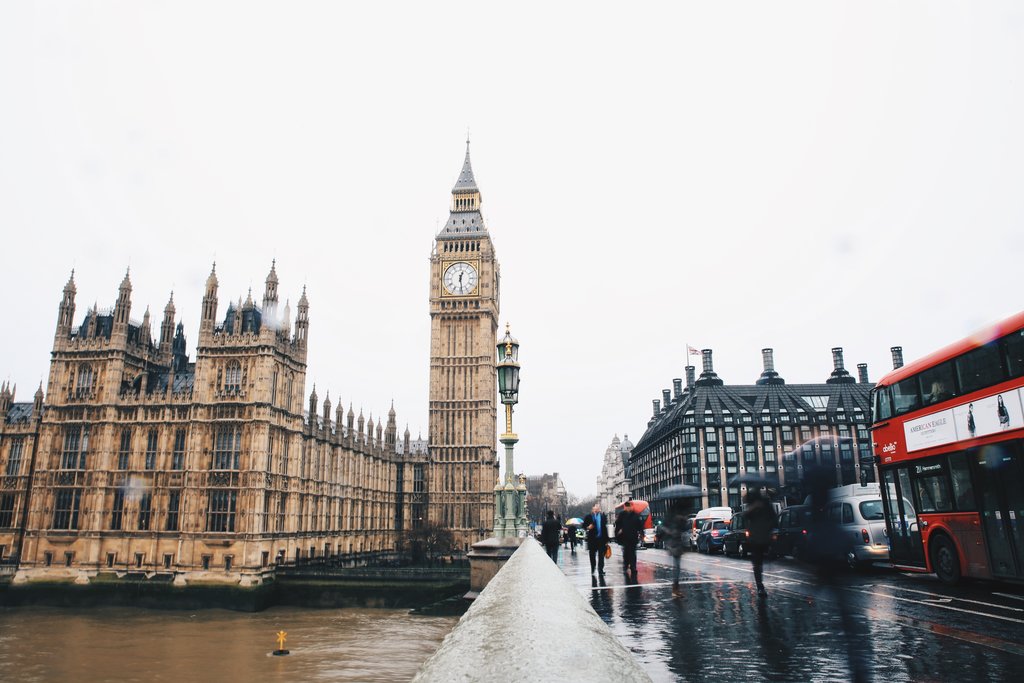
The History of Monet in London
——————————
Born in Paris in 1840, Claude Monet was already known for his charcoal drawings by the age of 11. In his teenage years, he spent many hours at the Louvre, studying and attempting to replicate the old masters. By the 1860s, he was developing the style that would become known as Impressionism.
With the outbreak of the Franco-Prussian war in July of 1870, Monet fled the Prussian troops that took Paris under siege. With his wife Camille and their young son, Jean, the Monet family moved to London. They first lived near Leicester Square, but soon found a place to live in Kensington.
Monet was fascinated by London, and habitually sought out new buildings and bridges to paint, including the newly completed Houses of Parliament. He also met Camille Pissarro in London, who would eventually become a dear friend.
The Franco-Prussian conflict ended a year later, and Monet and his family left London to return to France. This was not the last of Monet that London would see, however; Monet returned three times between 1899 and 1901, this time as an established artist. London continued to be a source of inspiration for Monet, as he often played with the ever-changing light in the city, a mixture of temperamental weather and growing air pollution. As he wrote in a letter in 1901: “[The] sunrise was so dazzling you couldn’t look at it. The Thames was pure gold. Heavens, it was beautiful, and I set to work with a frenzy, following the sun and its glitter on the water […] There’s no more extraordinary country for a painter.”
Although Monet had been rejected for inclusion at the Royal Academy in London as a young painter in 1871, by the early 1900s he was one of the most celebrated artists in the world. In 1904, Monet exhibited 37 perspectives of the Thames at Paul Durand-Ruel’s gallery in Paris, and it was a huge success.
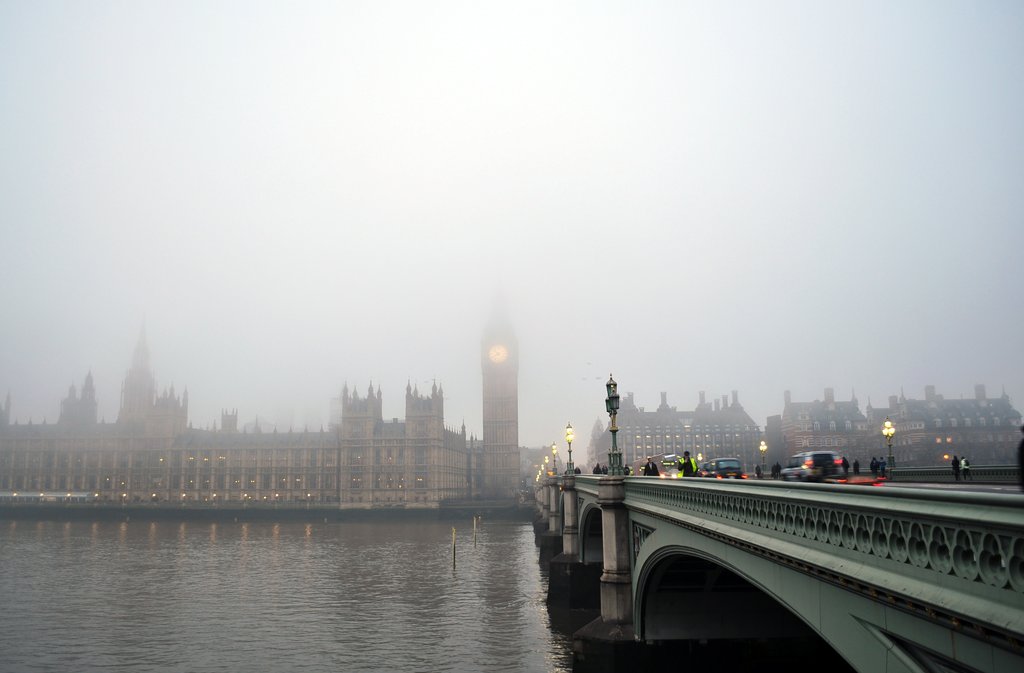
Where to find Monet’s art in London
———————————–
There’s no doubt that London has some of the best art galleries and museums in the world, and there are many opportunities to see Monet’s art on exhibit in London. While there are often temporary exhibits featuring his work at various galleries in the city, there are also a few permanent exhibits where you can always see his enormously influential paintings for yourself.
### 1. The National Gallery
The National Gallery is a great resource for Monet’s paintings, and it showcases some of his early work, like The Beach at Trouville from 1870, to some of his water lily pieces from the 1900s. Exhibiting more than a dozen of his pieces, The National Gallery holds a fantastic overview of the evolution of Monet’s work over his lifetime.
### 2. Tate Galleries
Though Monet’s works are not always on display in the Tate Galleries, there’s a good chance you can find some of his work at either the Tate Modern or the Tate Britain.
### 3. The Courtauld Gallery
Courtauld Gallery is found in Somerset House, where you can find a few of Monet’s pieces. Please note that the gallery is often undergoing renovations, so check the website to see if it’s open before going!
For a complete list of Monet’s paintings and where you can find them, click here.
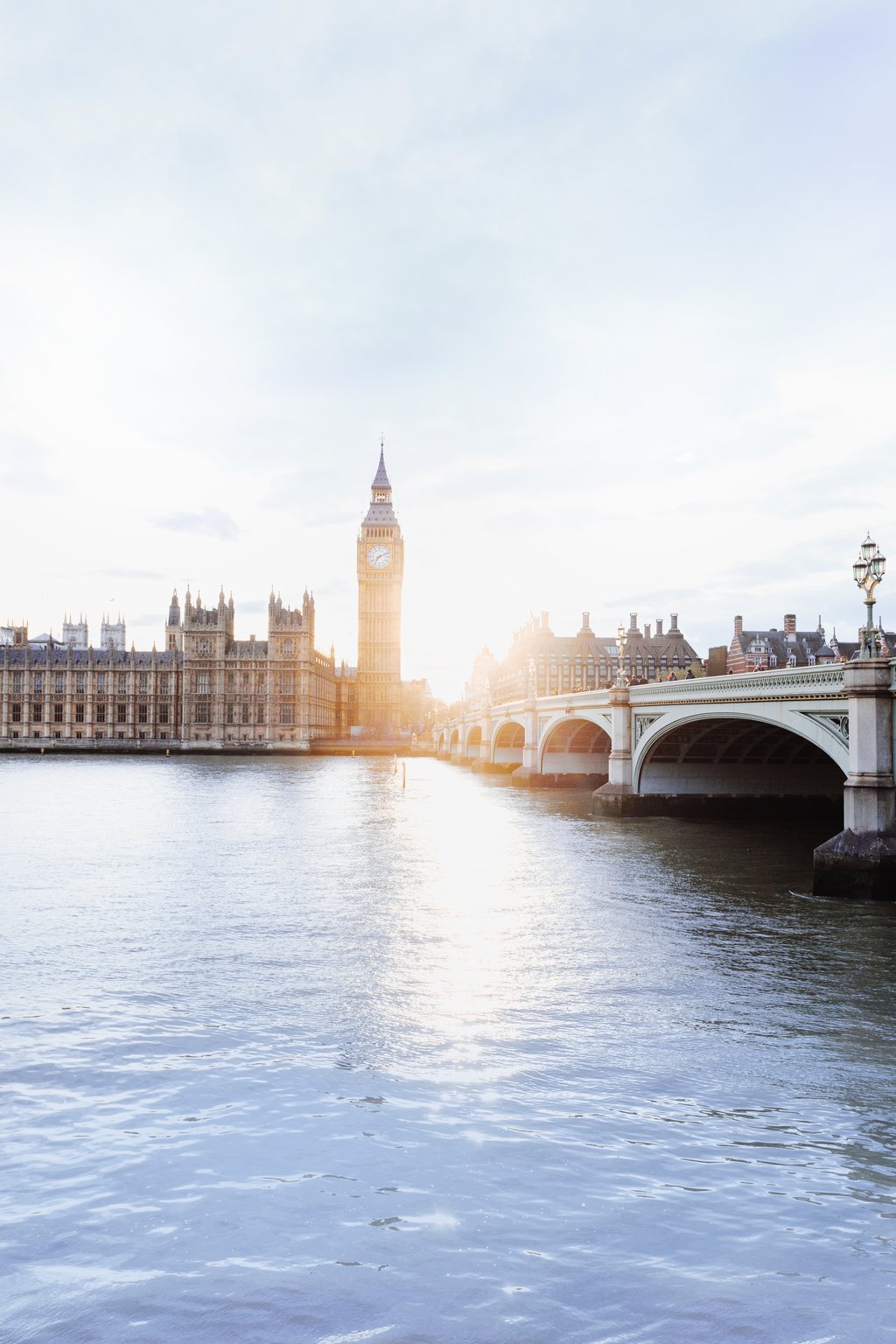
Live Like Monet for a Day in London
———————————–
Though the first time Monet visited London, he was still a young, struggling painter, by his later years he was able to experience London quite differently. Though the London Monet knew has changed exponentially, it’s still possible to live like an artist for a day in London.
When Monet visited London from 1899 to 1901, he always stayed in a hotel near Waterloo Bridge. He frequented rooms facing the river, where he’d spend his mornings painting different versions of the view before him.
Walk along the Thames to experience the same viewpoint Monet had, even if the buildings are very different today (Monet’s skyline didn’t include the London Eye or the Shard, after all!). He often painted Waterloo Bridge in the morning, followed by the view toward Charing Cross Bridge and The Houses of Parliament.
As you make your way toward The Houses of Parliament, cross Westminster Bridge to get a view looking back at Parliament from across the river. Monet would often spend his afternoons in London from this vantage point, as he had special permission to paint from St. Thomas’ Hospital in order to get the view that he needed for the beautiful colours of dusk against the Parliament buildings. He painted at least 19 paintings from this standpoint, some of which are now his most famous works.
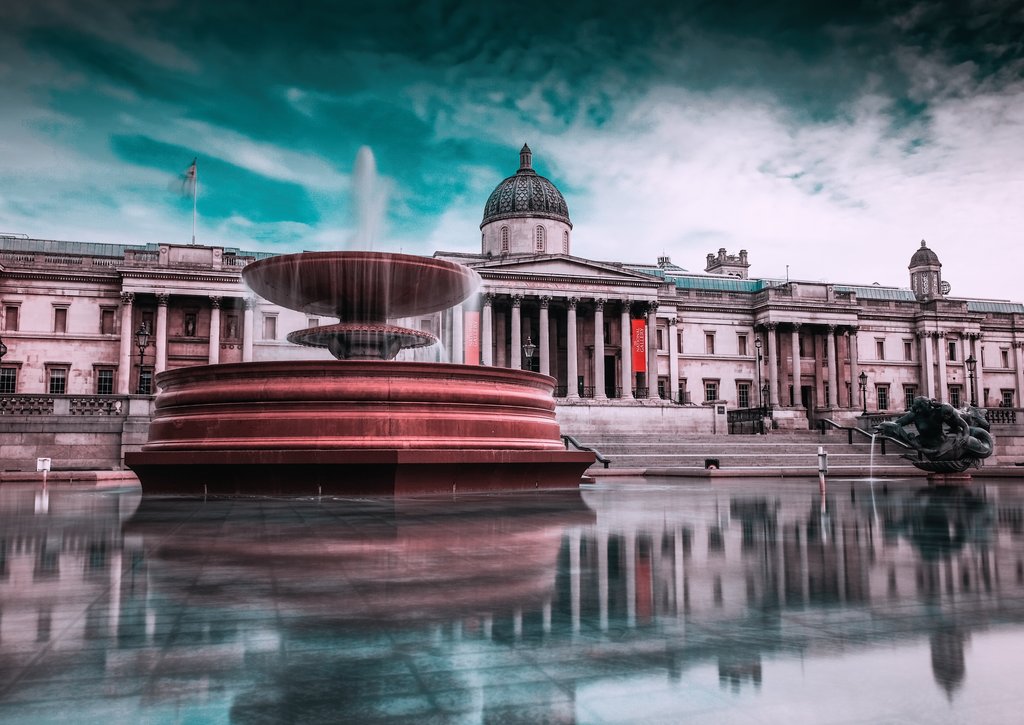
Just as Monet loved sitting for hours in the Louvre in his youth, there are enough art galleries to satisfy every level of art enthusiast. Thankfully, many of London’s galleries are by donation, making them a budget-friendly way to spend an afternoon (or a week). The city centre is also very walkable, so you may be able to walk to some of the galleries from your hotel in London. Here are just a few of the best art galleries in London today:
#### 1. The National Gallery
Head to The National Gallery to be wowed by art from around the world, including some of the most influential artists to have ever lived.
#### 2. The National Portrait Gallery
Right around the corner from The National Gallery, the National Portrait Gallery is home to the world’s biggest collection of, you guessed it, portraits, including royalty, politicians, rock stars, and everyone in between.
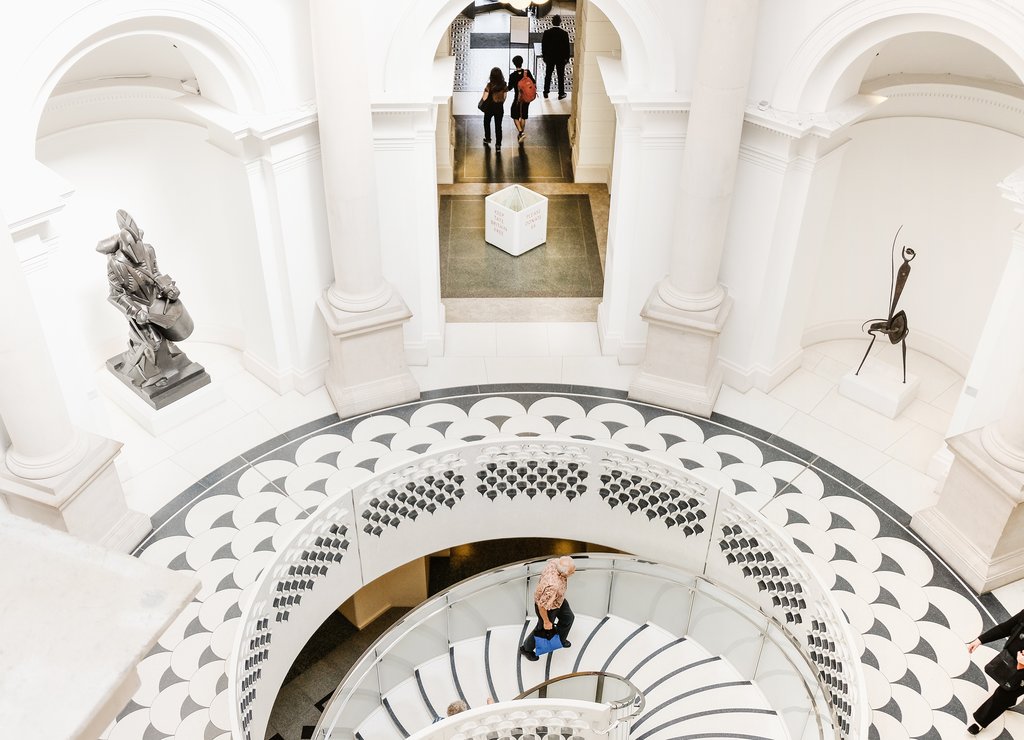
#### 3. The Tate Galleries
The Tate Galleries are equally as impressive, with Tate Britain being home to the largest collection of British art in the world. The Tate Modern always thrills (and sometimes confuses) with its contemporary art.
#### 4. The V&A Museum
Make your way to the Victoria and Albert for a beautiful collection of statues and artwork from history; it’s the world’s largest collection of decorative arts and design.
#### 5. The Royal Academy of Arts
The Royal Academy of Arts always has fantastic (paid) exhibitions, and if you’re lucky, you may visit when they’re hosting an exhibit dedicated to Monet!
#### 6. The Saatchi Gallery
For something completely different, head to the Saatchi Gallery, where you’ll often find relatively unknown artists or artists who rarely have their work featured in the UK.

Finally, for a real taste of the artist’s life, try a drop-in painting class. While the gallery gift shops you visited are full of souvenir replicas, why not create your own work of art to take home? Who knows… you might just be the next Monet!
For more about visiting London, make sure to check out our Insider’s Guide to London. You can also find out more about the best views in London, or, for any inspiring photographers, the best places to Instagram in London.”
More Articles With Art
Discover the very best museums and galleries through virtual tours. From London to New York, explore these online museums without leaving your home!
Find everything you need for a fun visit to the York Art Gallery with this comprehensive visitor’s guide.
Discover the top art galleries in London to experience some history and culture on your holiday.
Discover the top art galleries in Manchester to experience culture and history on your next holiday.
Visiting the spas and Georgian buildings of Bath? Check out our visitor’s guide to the Fashion Museum.